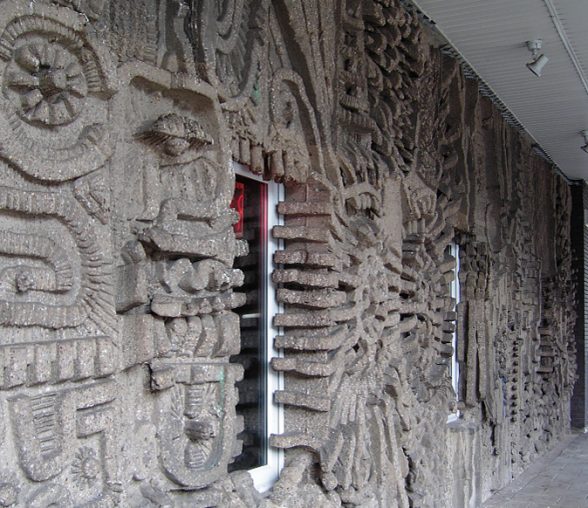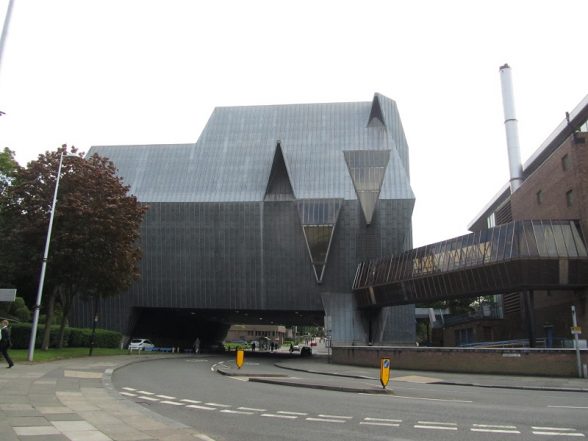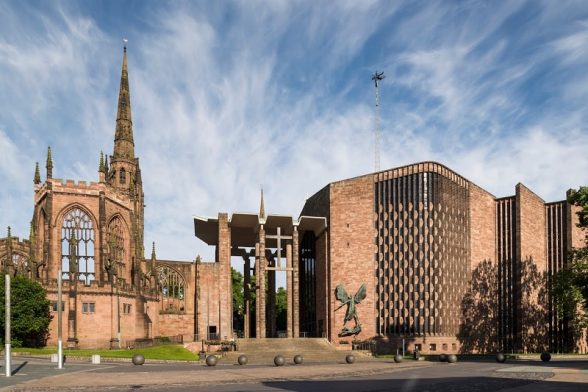This website uses cookies
This website uses cookies to enable it to function properly and to analyse how the website is used. Please click 'Close' to accept and continue using the website.



In the run up to Coventry becoming the UK City of Culture 2021, the council is conducting an on-line survey to help shape a new Heritage Strategy for the City and we urge our members to take part.
The C20 Society has been very vocal in its belief that the council has shown an appalling disregard to its duty to properly protect the city’s post war heritage. This is an important opportunity for members to give their views and if, like us, you have concerns, to express them.
Please click here to access the survey, which closes on 13 December.

C20 Society caseworker Coco Whittaker commented: “Much of Coventry’s heritage dates from the post-war period when the city was re-planned and re-built. Its 20th-century buildings are a key part of the city’s identity and the council have a responsibility to protect and care for them. The designation of Coventry as a UK City of Culture for 2021 presents a brilliant opportunity for the council to showcase the city’s post-war buildings and we hope they will see it as such.”
In the recent past, Coventry City Council has permitted development which has had a detrimental impact on its listed buildings. The Coventry Rail Station Masterplan was approved, enabling the construction of an overbearing new station entrance and bus terminal opposite the Grade II listed train station; the Civic Centre buildings were demolished and Coventry Civic Centre 2, despite being Grade II listed in 2017, is to be drastically altered; and the Grade II Coventry Central Baths and Leisure Centre have been under threat for years. The ‘City Centre South’ development also looks set to demolish the Bull Yard and City Arcade, and the future of the William Mitchell concrete mural is unclear.
Dr. Otto Saumarez Smith, a C20 trustee and architectural and urban historian at the University of Warwick, recently wrote in Apollo Magazine: “With a more sympathetic approach, Coventry might aspire in a few decades to become a World Heritage Site, emulating places such as Bath or Ironbridge – because it too is a supremely eloquent exemplar of a particular moment in urban history.”

Coventry would do well to look to the city of Le Havre in Normandy which was designated a World Heritage Site in 2005. Like Coventry, Le Havre was severely bombed in WWII and lots of its buildings reduced to rubble. It was successfully rebuilt between 1945 and 1964 to plans by Auguste Perret. UNESCO states: “The post-war reconstruction plan of Le Havre is an outstanding example and a landmark of the integration of urban planning traditions and a pioneer implementation of modern development in architecture, technology and town planning.”
The council website page for this survey includes pictures of medieval vernacular and Victorian industrial architecture but does not feature any of Coventry’s post-war buildings, even the Grade I listed cathedral. This reveals, perhaps, a limited understanding of the word ‘heritage’ and lack of appreciation for the importance of 20th- century architecture.
We believe Coventry’s post-war heritage has been overlooked and undervalued, resulting in its destruction at an alarming rate .
Coventry’s 20th-century architectural identity is what makes the city unique and it would be a mistake not to preserve it.

Become a C20 member today and help save our modern design heritage.